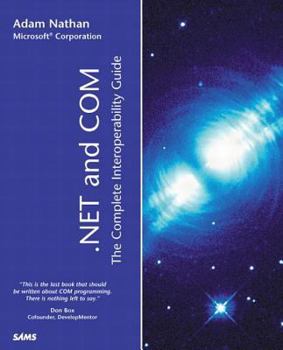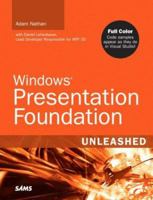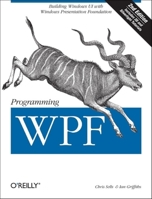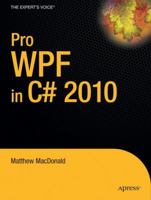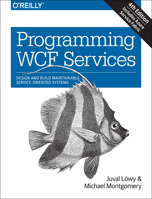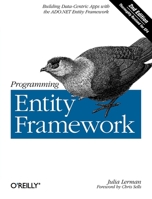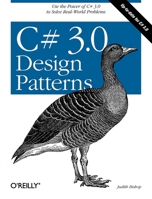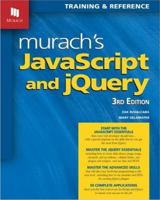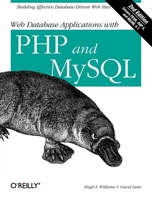.Net and Com: The Complete Interoperability Guide
You Might Also Enjoy
Related Subjects
Math Mathematics Psychology Science Science & Math Science & Scientists Science & TechnologyCustomer Reviews
Rated 5 starsThere is no other book covering a topic so well
Moving to .NET doesn't mean throwing away your COM code. Integrating the 2 worlds (managed and unmanaged) is achieved via COM Interoperability and there are 2 main scenarios: 1. Writing .NET clients that use COM servers 2. Writing .NET servers to be used by COM clientsThis 1500 pager is split into 9 parts containing 24 chapters and 6 appendices. In my opinion, the heart of this work lies in parts 2-5 (650 pages,...
0Report
Rated 5 starsA must-have for anyone serious about .NET
This is an amazing reference book for COM and P/Invoke interop (i.e. Win32 interop), an essential topic that most .NET books don't cover well enough. It's essential if you're migrating to .NET, or even if you're writing a non-trivial .NET application from scratch since the .NET Framework has many holes in functionality that must be filled by using interop.I was skeptical because I've had bad luck with Sams books in the past,...
0Report
Rated 5 starsWell Worth the Money
Currently, this is *the* reference book for the subject area of .NET interop with COM and other unmanaged code via P/Invoke. At almost 1600 pages, it can seem daunting but just treat it like a reference. Open up to the chapter that covers what you are interested in, such as "The Essentials of using COM in Managed Code" (chapter 3) or "The Essential of PInvoke" (chapter 18) or "Customizing COM's View of .NET components" (chapter...
0Report
Rated 5 starsThe definitive work on Interop in general! Highly recomended
I spend most of my professional life right now deep in COM Interop of .NET. Although the concepts are rather straightforward, the actual "little things" and using it for real non-trivial COM components have proven to be quite difficult for many. We have run into many difficult issues at the place I work with using it for non-trivial COM components. There are many parts of the System::Runtime::InteropServices namespace that...
0Report










